Kuldiga is the most magical town in Latvia. It was founded in 1242 and experienced a period of economic expansion in the 17th century when it became a major centre of commerce, governance, and culture in the Duchy of Courland. Between 1596 and 1616, Kuldiga served as the capital of the Duchy of Courland. Like most Latvian towns, it has a different German name. For Kuldiga it is Goldingen. The historic buildings of the town and its nature create a unique, harmonious ensemble incomparable to anything found in Latvia or elsewhere in Europe. The old town of Kuldiga and the red-brick bridge across the Venta River were included in the UNESCO World Heritage list in September 2023. The town is also famous for the widest waterfall in Europe. Check out my selection of 12 things for you to do in Kuldiga!
1) Take a tourist train ride through the old town
The train journey begins close to Venta Rapid and takes visitors on a tour of the old town. The old town of Kuldiga almost entirely preserves the original layout and historical street network from the 13th to the 19th centuries. Historic buildings such as town hall, schools, churches, hotels, and culture and craft centres continue to serve the same purpose they were initially built for. I recommend disembarking at the Town Hall Square and continuing your journey on foot.
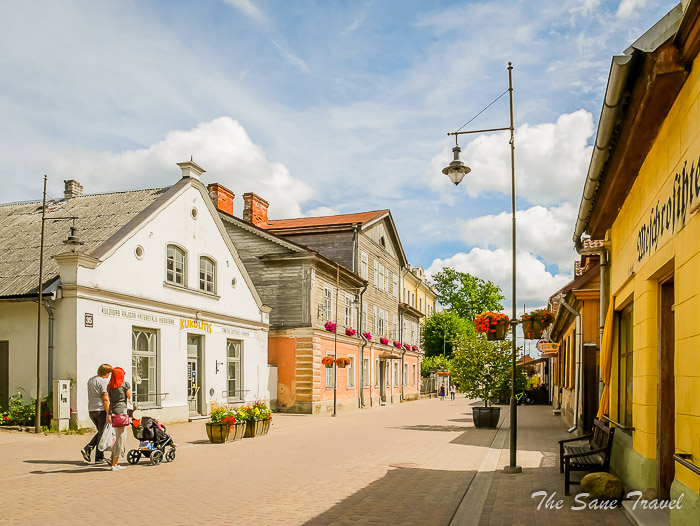
Tourist train Ludis departs from a parking lot at Stendes iela 2a, near Venta Rapid, every round hour from 11 a.m. to 6 p.m. April through October.
2) See the Old Town Hall and Town Hall Square
The Old Town Hall of Kuldiga was constructed in the second half of the 17th century. In 2016, after renovations, its doors were opened again, and now it houses studios for traditional folk arts, a tourism information centre, and a modest exhibition hall. Previously, the Town Hall Square was utilized as a market square. 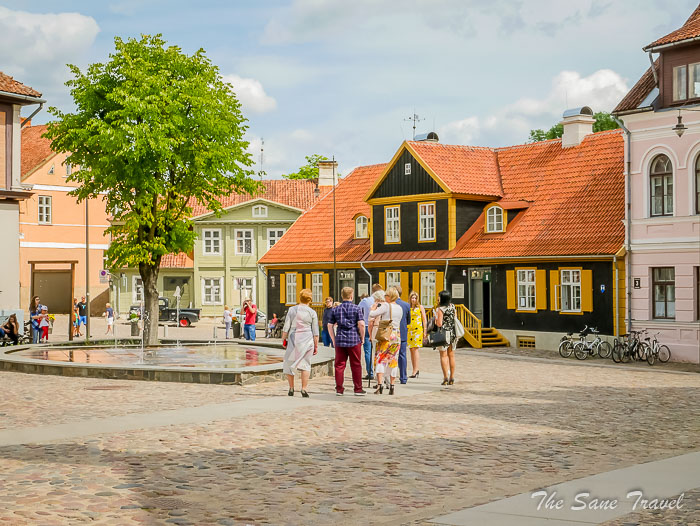
3) Check out the chest of the Swedish King at Stavenhagen’s House
The house was constructed in the 17th century and served as the home of Kuldiga's mayor. In 1701, King Karl XII of Sweden stayed there and left a chest in its antechamber, which was used to store the king's clothing. The chest can still be seen today; just open the door and step into the hall where it can be viewed from both sides. Additionally, the house is also home to the largest mantle chimney in Courland.
Address: Baznicas iela 17
4) Admire the Baroque interior of the Catholic Church of the Holy Trinity
Constructed during the 17th century at the behest of the Polish King, this three-bay building was created to confirm Duke Jacob's succession to the throne of Kurzeme. Its exterior aesthetic was influenced by the Italian Renaissance, whereas the interior was adorned with sculptures and intricate decorations typical of the Baroque style with a strong Rococo influence. Notable artworks include a 16th-century Madonna and Child sculpture and a 19th-century Church altar.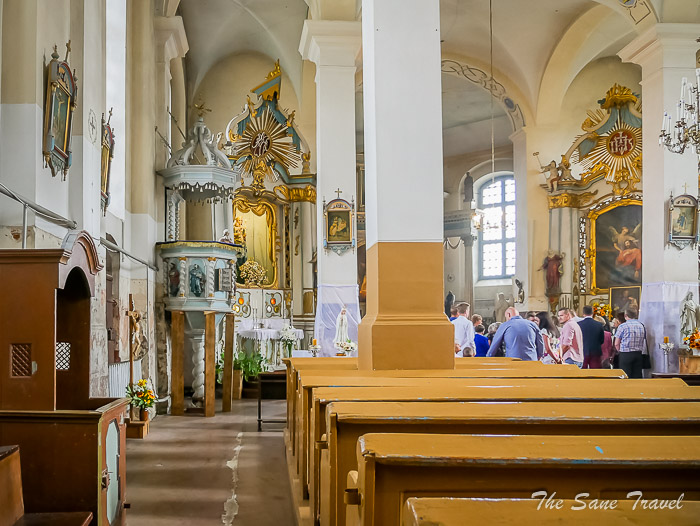
5) Gaze at the statue of Jacob Kettler, the Duke of Courland
Jacob Kettler, better known as Duke Jacob (1610–1682), was born in Kuldiga. Under his rule, the Duchy of Courland enjoyed extraordinary wealth and even engaged in colonisation. He is remembered as a fair ruler who spoke Latvian and was well-disposed towards the local peasants. In honour of his 400th birthday, the statue Teleport was placed at the end of Liepaja Street. The front of the sculpture is made from aluminium and symbolises the 21st century, whereas the back is made from iron and refers to the 17th century.
Address: Liepajas iela
6) Visit Saint Catherine’s Church
Saint Catherine’s Church, first built in 1252, is the oldest church in Kuldiga. A metal medallion with an image of Saint Catherine can be seen over the side door of the church. The medallion is also an emblem of Kuldiga because Catherine, who holds a rudder in her right hand and a spear, a symbol of power, in her left hand, is the town's patroness. The coat of arms of Kuldiga features Saint Catherine holding a torture wheel in her hand on a red background. A legend tells us about a pious girl, Katrina, who saved money to build a church in her town. She was, however, slandered and put to death on the wheel for her alleged contacts with the devil himself. After her death, she was found innocent and declared a saint. Originally, it was a wooden church, but in 1567, the building of a stone church began. Throughout the centuries, the church has been renovated several times. Duke Jacob was christened in this church.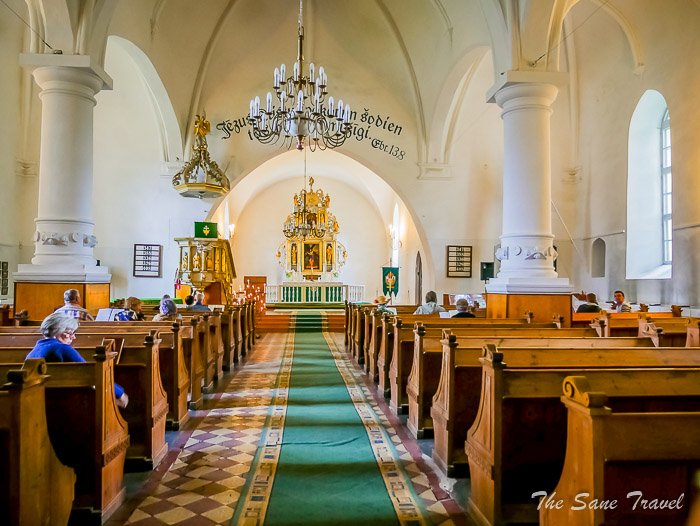
7) Go for a walk along Aleksupite Waterfall
The Aleksupite River flows directly along the walls of many buildings, which is why Kuldiga has been called the Venice of Latvia. The 4.5-metre-high Aleksupite Waterfall was built on the river in the 17th century. The stream was used to operate the first paper mill in Kurzeme. An annual race is held on the Aleksupite, where the contestants run along the river bottom.
8) Take a picture of the historic brick bridge
One of the widest brick bridges in Europe has always attracted visitors to Kuldiga. The 164-metre-long bridge was built in 1874 over the Venta River. It is the longest road bridge of this kind in Europe. The bridge, with seven spans of brick arches and boulder abutments, was not only the largest and most ornate on the territory of Latvia but also one of the most modern of its time in the whole of Europe. It was built according to Russian Tsarist road standards: 11 metres wide, allowing two carriages to pass each other on it. The bridge was renovated in 2008.
9) Step in the waters of the river at Venta Rapid
The widest naturally formed waterfall in Europe (249 metres wide) is associated with several legends and historical events. 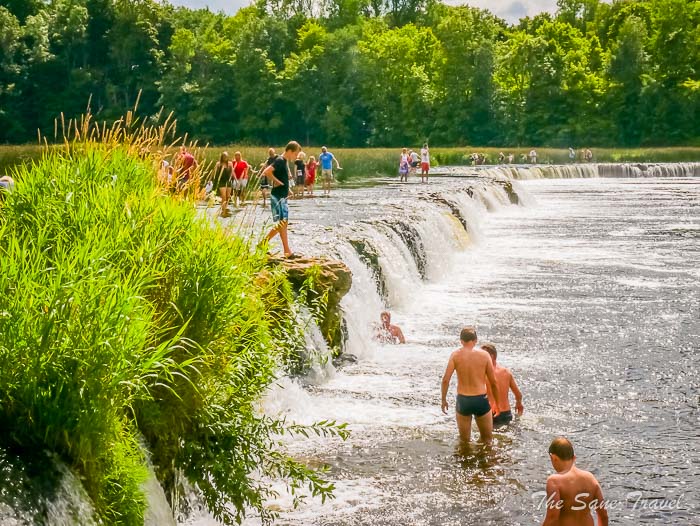
10) Visit the Kuldiga District Museum
Bangert's Villa, a wooden architecture of great historical significance, is home to the Kuldiga District Museum. On the second floor, visitors can see a furnished apartment representing the lifestyle of a well-off citizen of Kuldiga in the early 20th century. The third floor hosts the exhibition Kuldiga before us, offering an introduction to the history, origins, and development of the town. Admission to the museum is complimentary.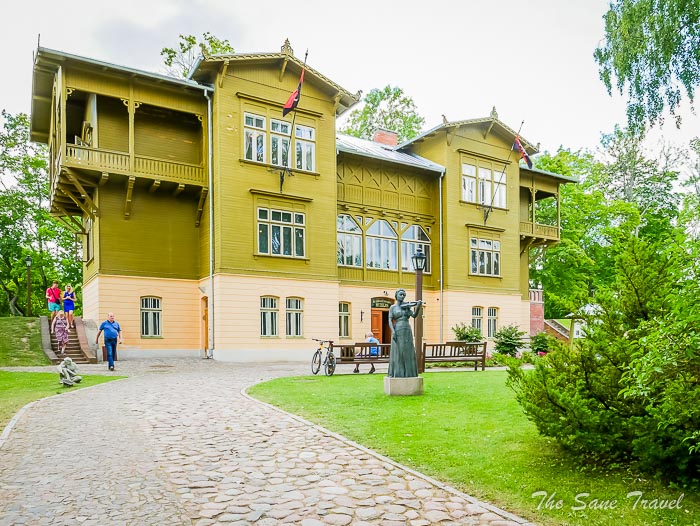
11) Walk around Kuldiga Town Garden
Located in the oldest part of Kuldiga, the town garden has a long history. It was established at the end of the 19th century and was previously the site of a Livonian Order Castle and the residence of the Dukes of Courland. The garden features a pond with a fountain, gazebos, an observation deck, sculptures, and bridges, making it a popular spot among locals and tourists for walking and other leisure activities.
12) Dine at Restaurant Bangert’s
The restaurant is situated in the picturesque old town, right by the Venta River, in the vicinity of the Kuldiga County Museum and the Town Garden. It is named in remembrance of Captain Bangert, who is said to have bought a house from Paris for his bride and built it by the Venta Rapid. The restaurant was designed to replicate the residence of Mr Bangert and is a great spot for a cosy chat or a relaxed moment. It has two terraces and a balcony with a stunning view of the Venta Rapid and the old brick bridge. 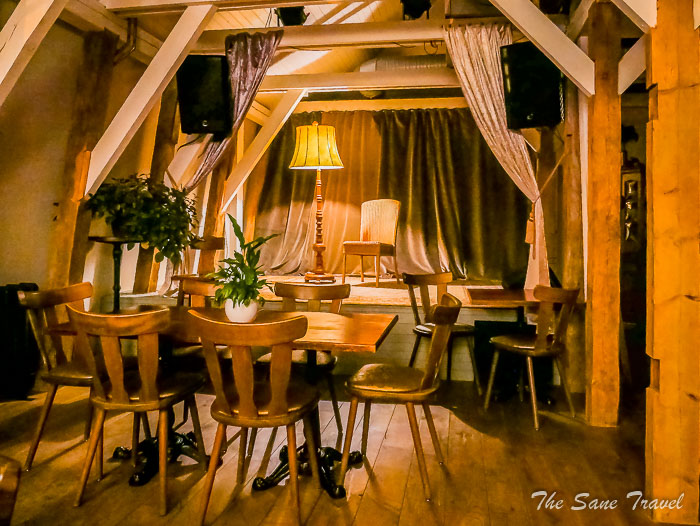
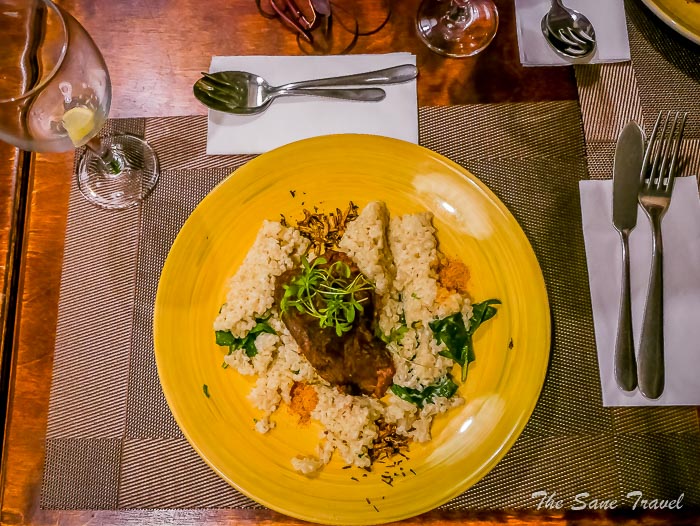
Where to stay
Hotel Virkas Muiza
The four-star Boutique Hotel Virkas muiza is situated in a 16th-century estate constructed by the Baron Fircks family. Located near Kuldiga, the hotel is currently in an urban setting. The old town, including noteworthy attractions, is a mere 15-minute walk away. The hotel has 22 rooms of varied design and size, with three suites on the second floor. One suite is equipped with a bathtub, while another boasts an impressive and spacious balcony, which is often used by newlyweds. Pets are allowed in the hotel.
Address: Virkas iela 27
Practical information
The distance to Kuldiga from Riga is almost 150 kilometres. You can do Kuldiga sightseeing as a day trip from Riga by public bus departing from Riga Central Bus Station 12 times a day. The travel time one way takes at least 2.5 hours. Everything in Kuldiga is within walking distance so it should be easy. Check out the Kuldiga event calendar before your visit! In spring, do not miss the Flying Fish Festival in late April. Summer comes to Kuldiga with a variety of exciting events. The most popular event is the traditional Kuldiga Town Festival, held on the 3rd weekend of July. In October, you should visit the Trade Fair of Courland Duke.
Like Kuldiga? You are welcome to visit other Latvian cities!
Have you visited Latvia? What is your favourite place in the country? Share in the comments section!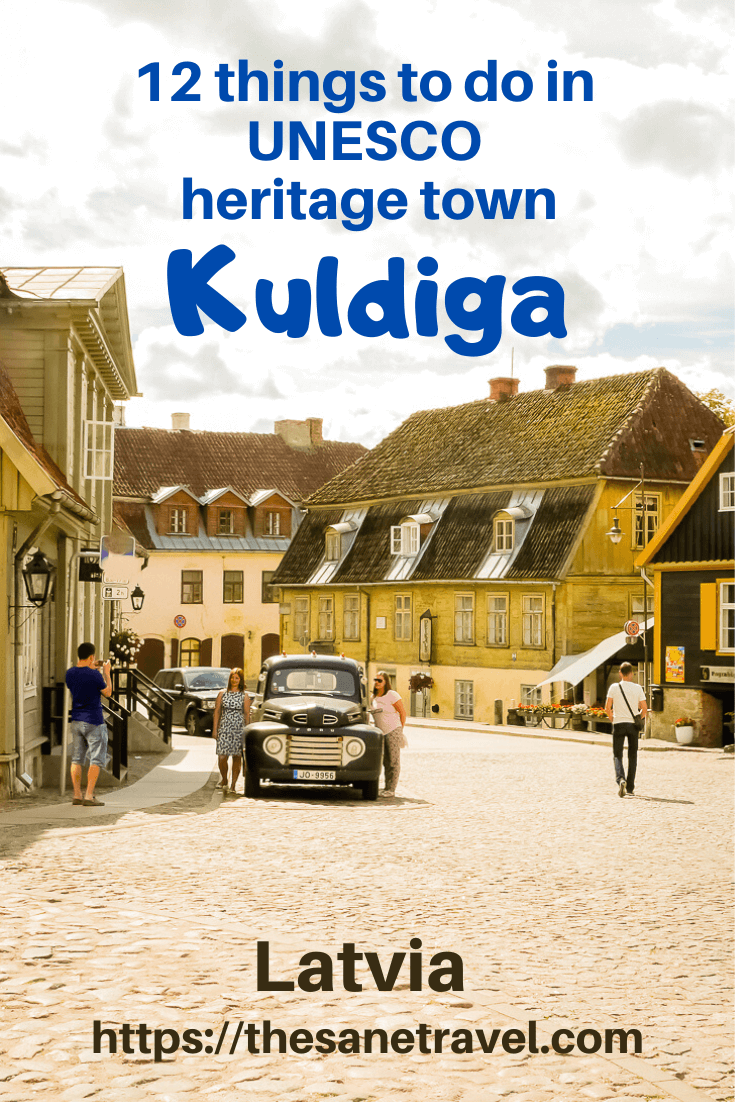

About the author
Anita is a part-time traveller, passionate photographer and a retired career woman from Latvia, travelling mostly solo for more than 15 years. She is a skilled travel planner who plans and executes her travels by herself. Anita wants to show you how to travel the world and open your mind to new experiences. Follow her on Facebook, Instagram, Pinterest, Twitter and Bloglovin.

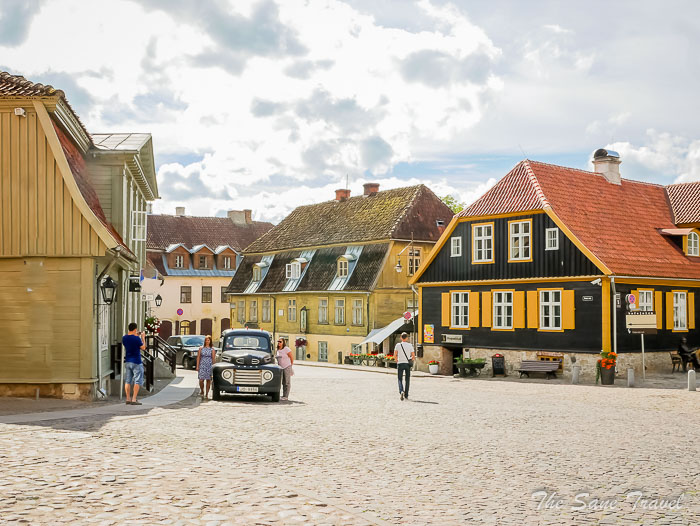
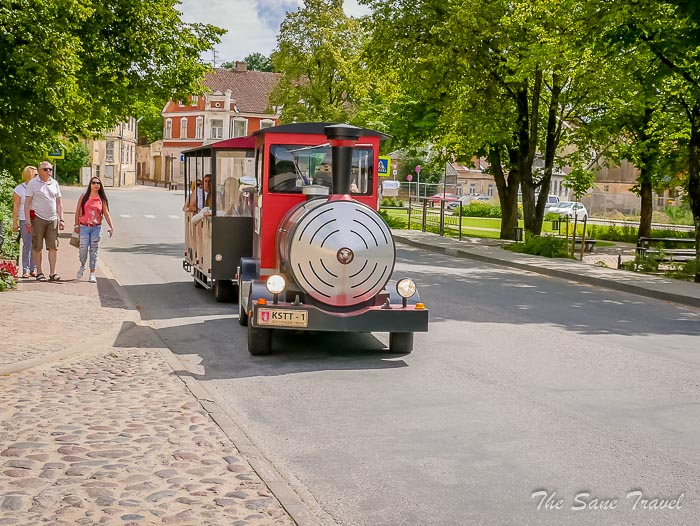
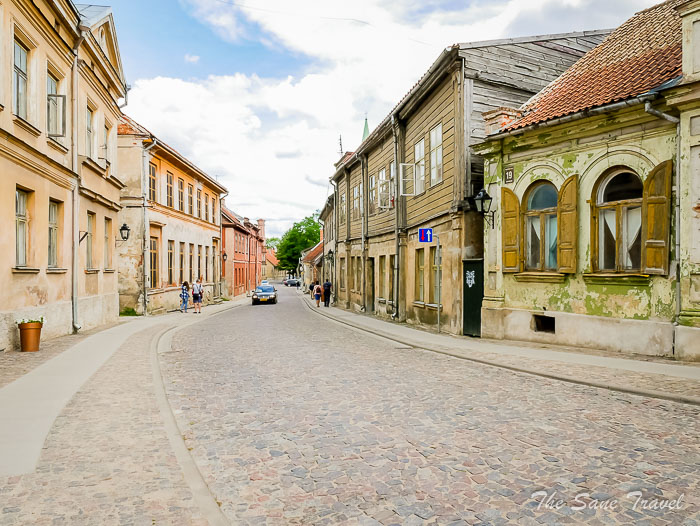
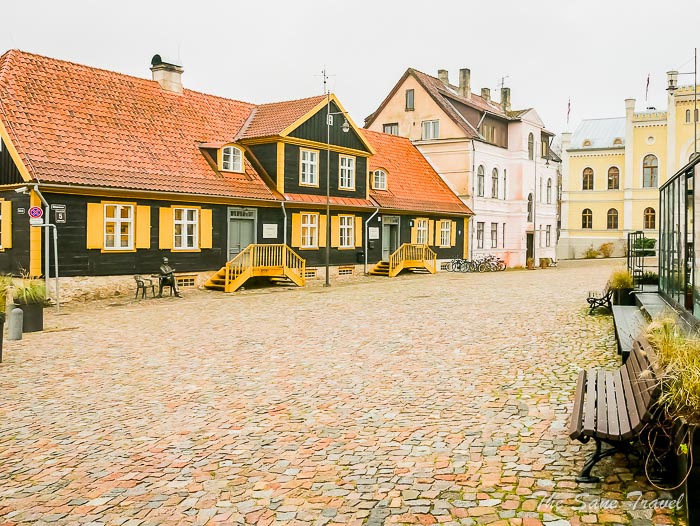
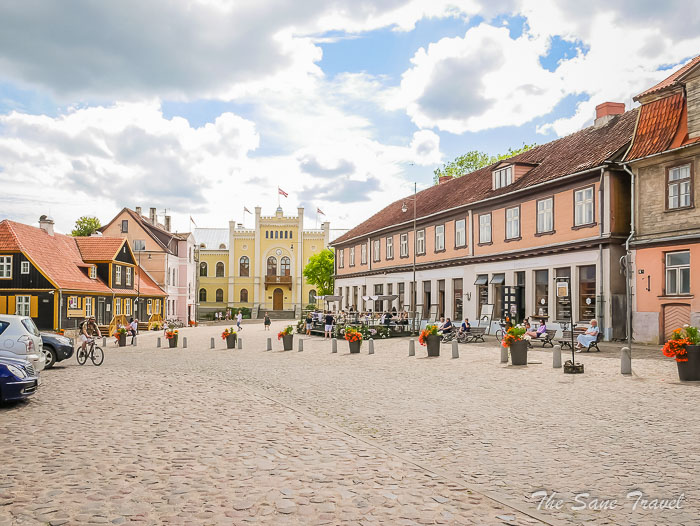
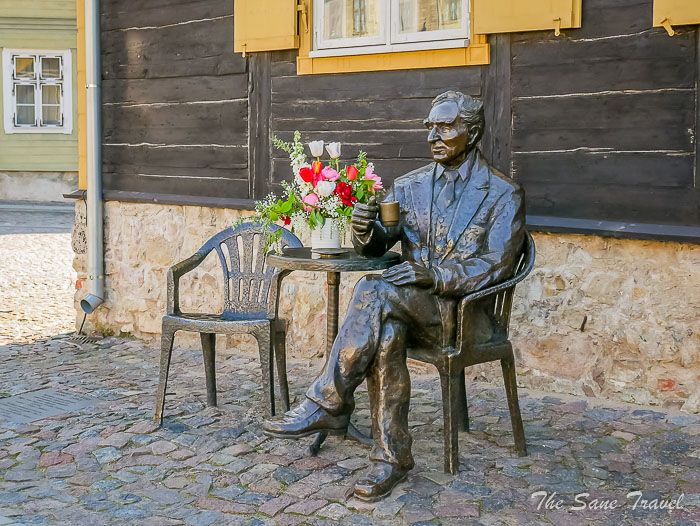
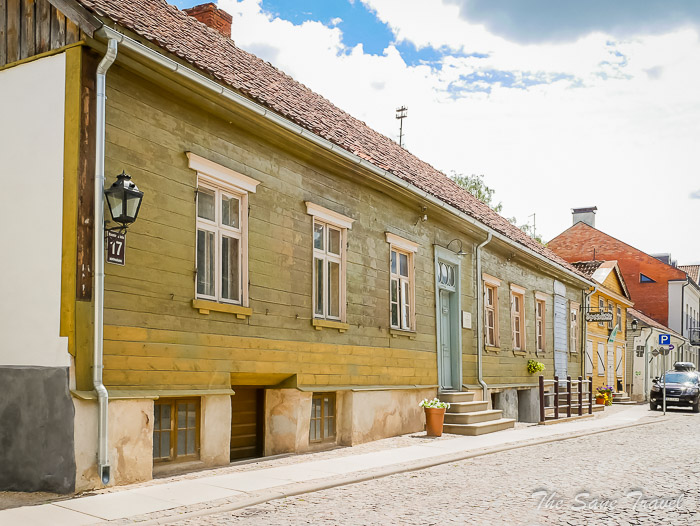
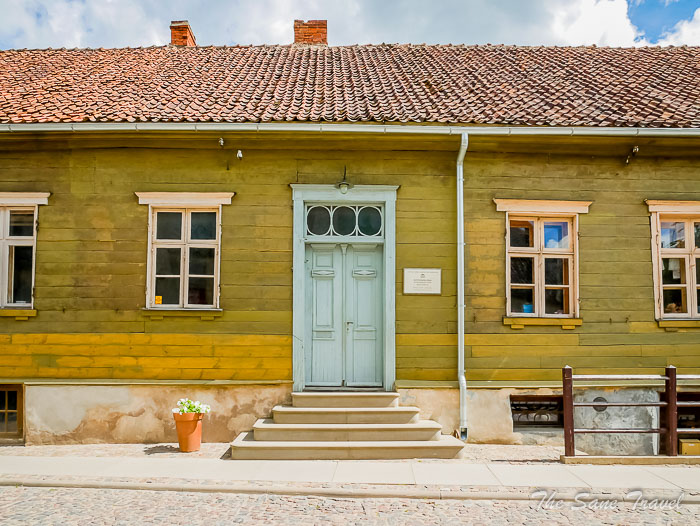
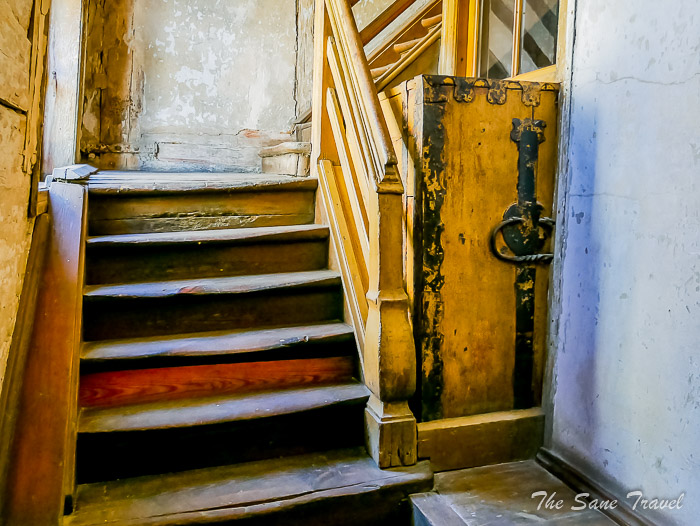
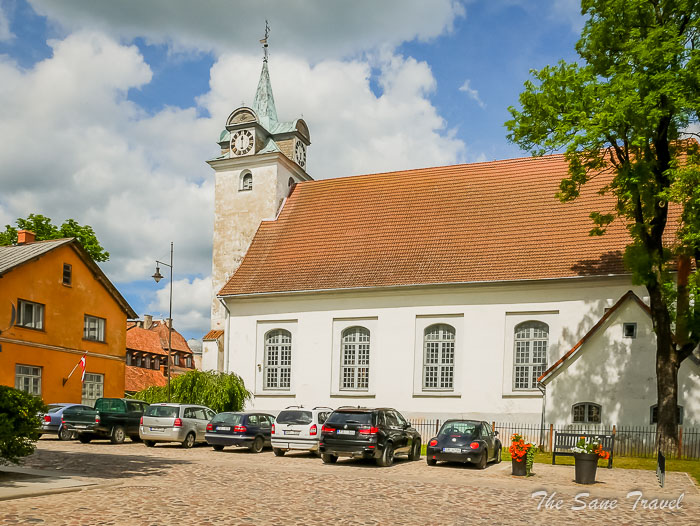
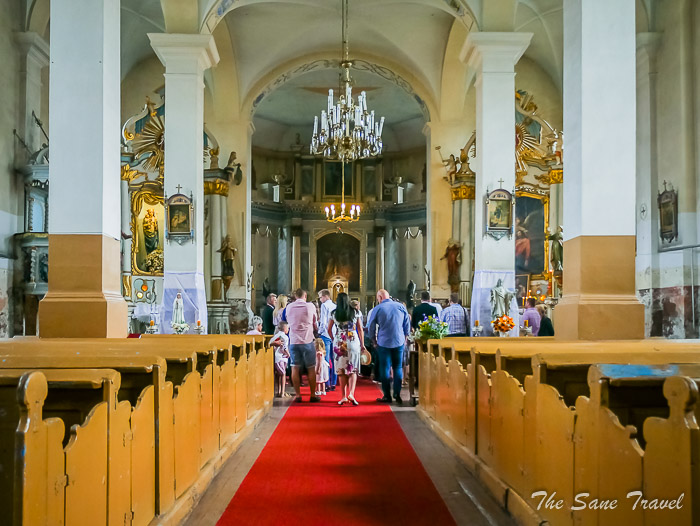
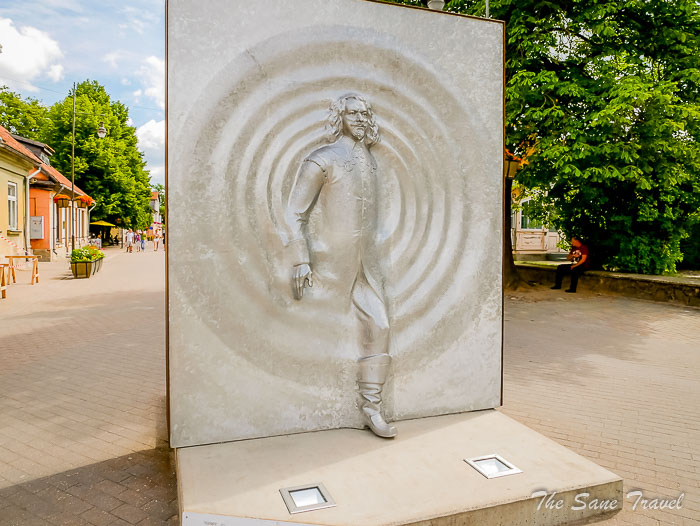


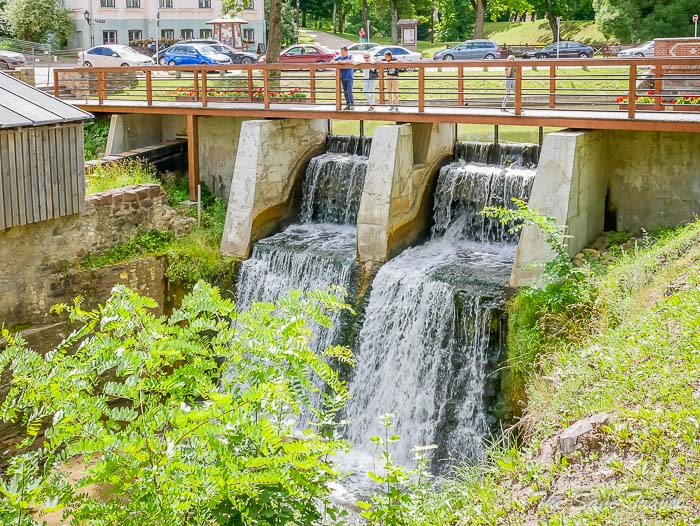
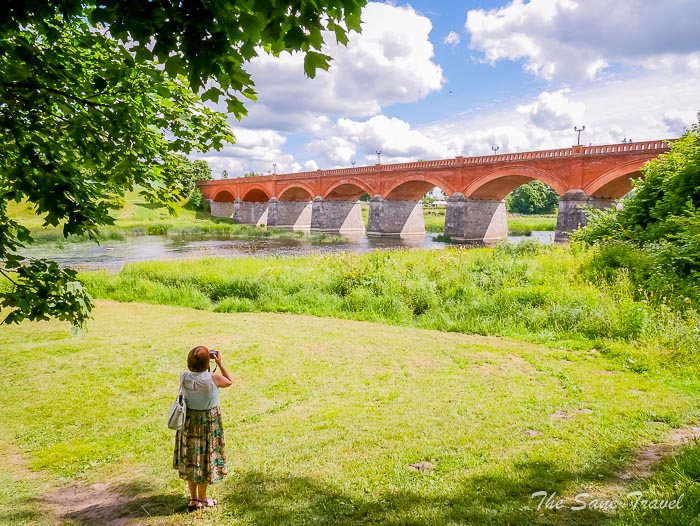
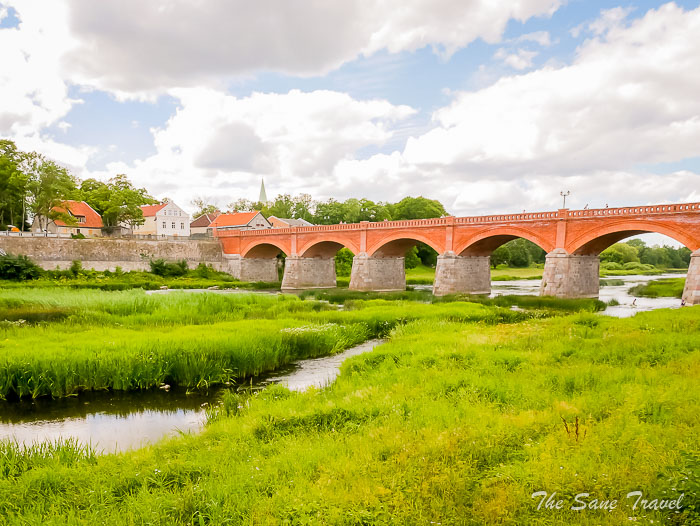
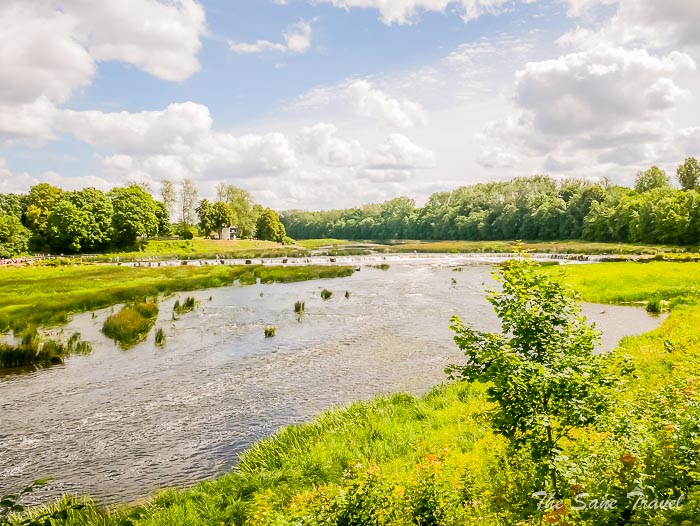
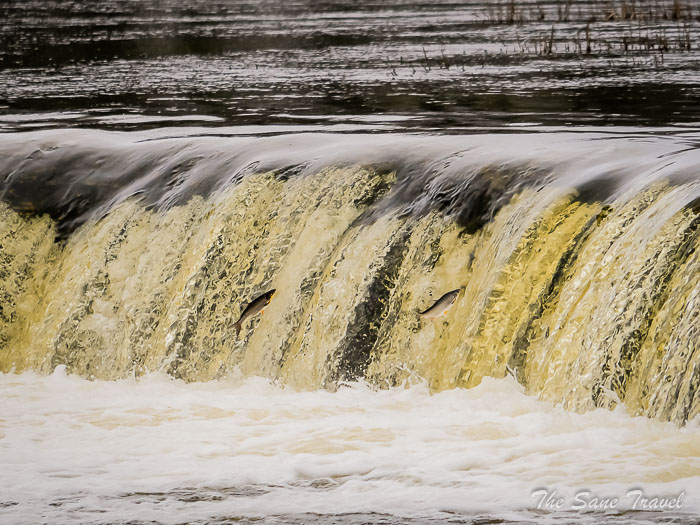
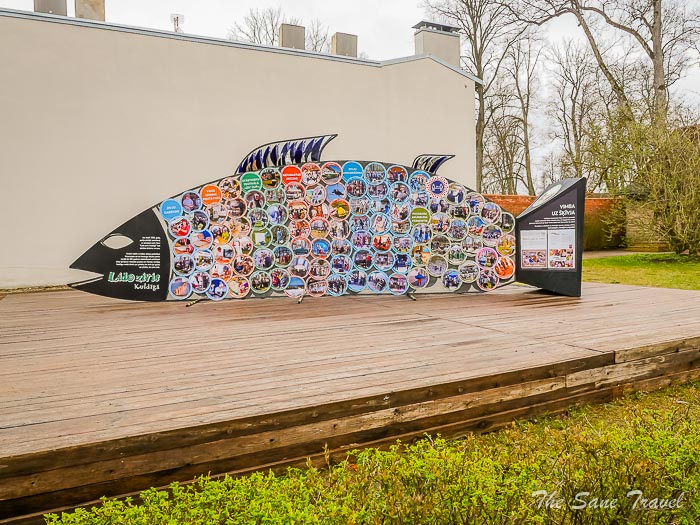
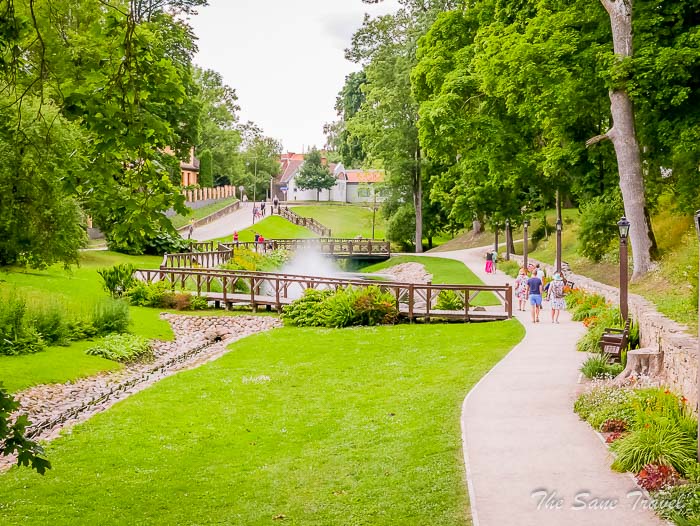

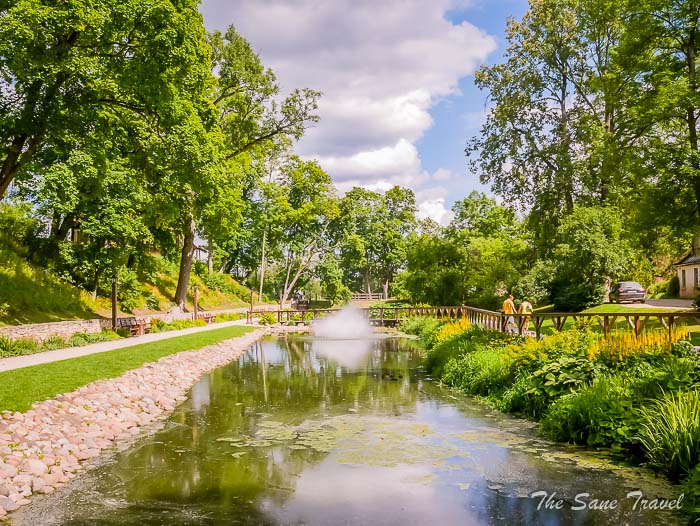
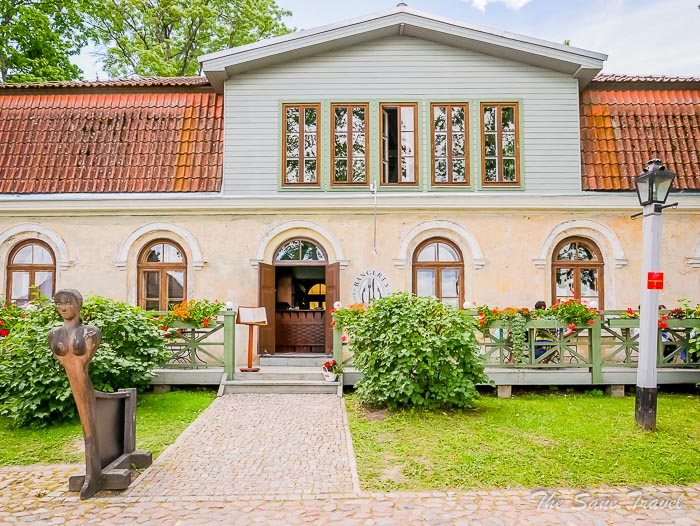
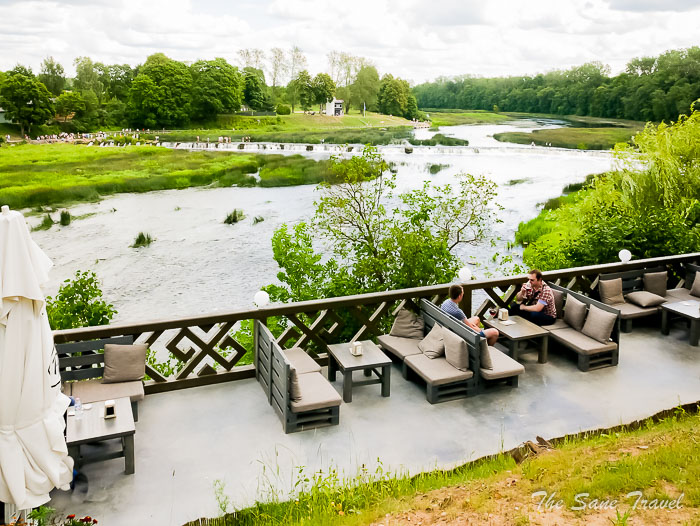
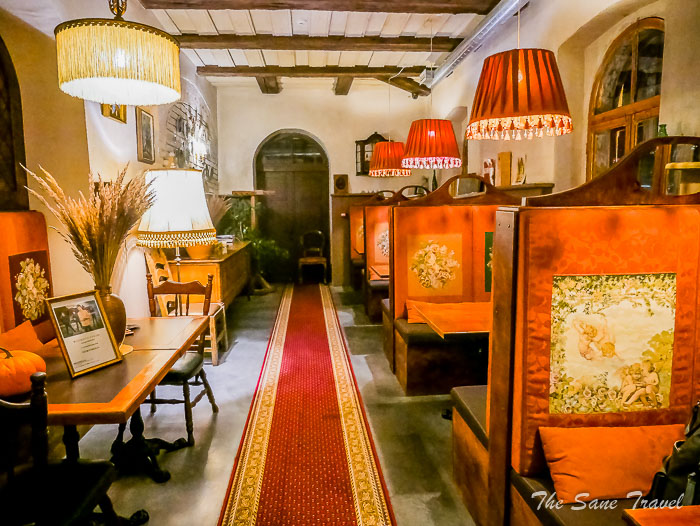

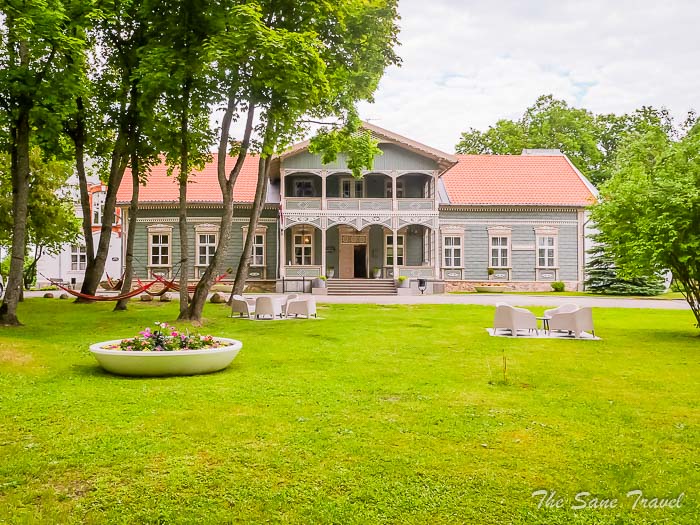
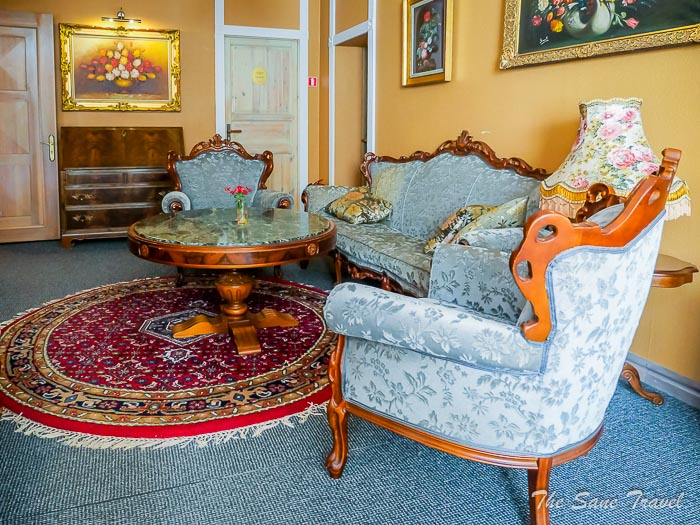
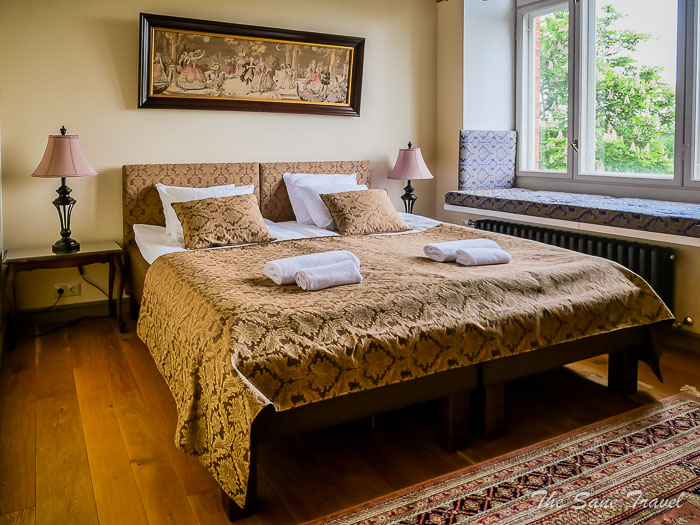
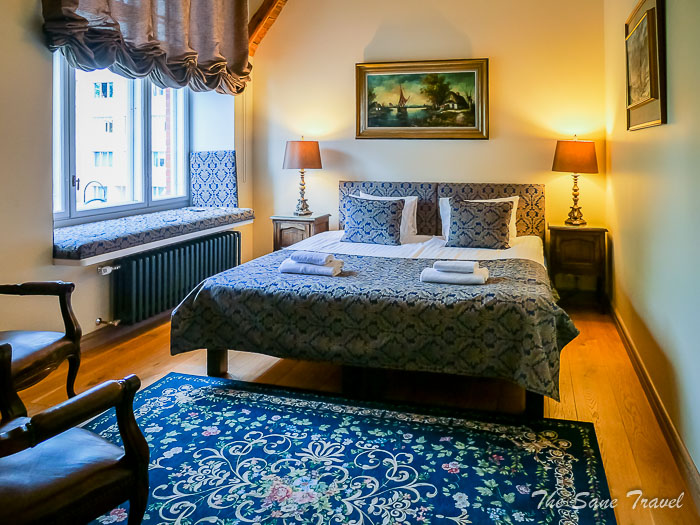

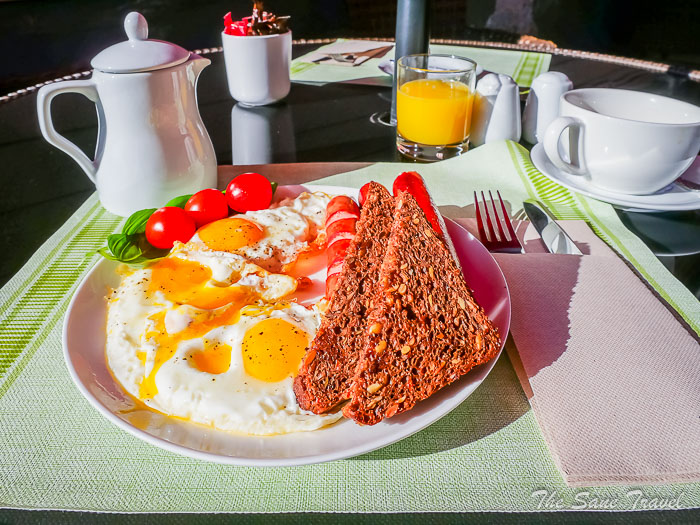
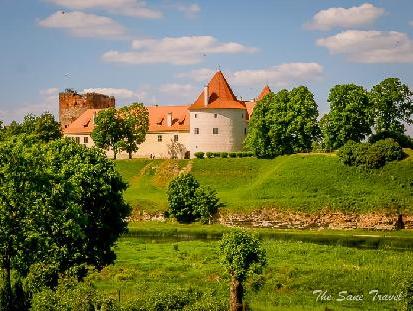
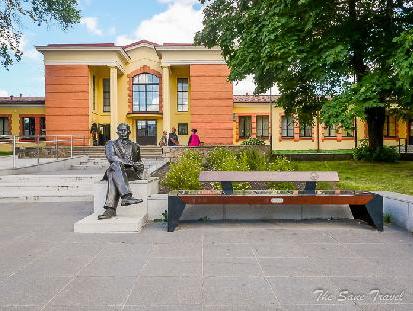
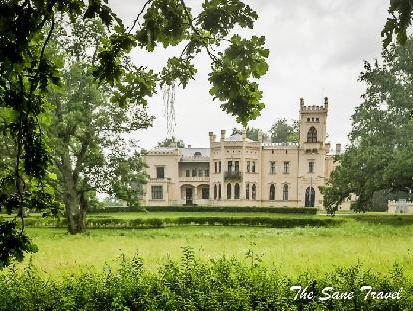
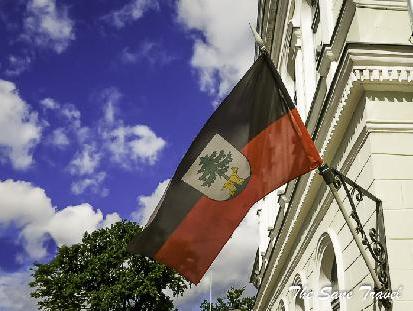
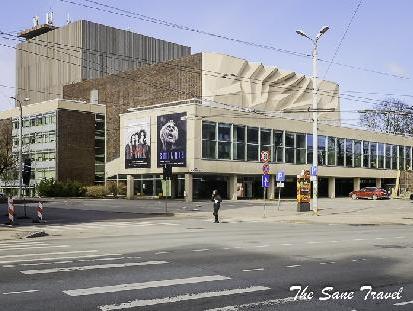
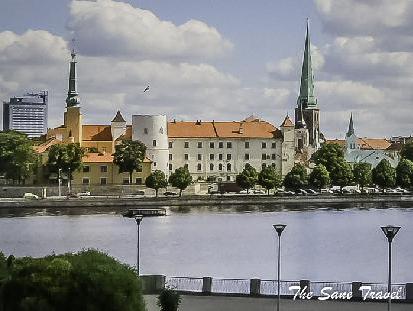
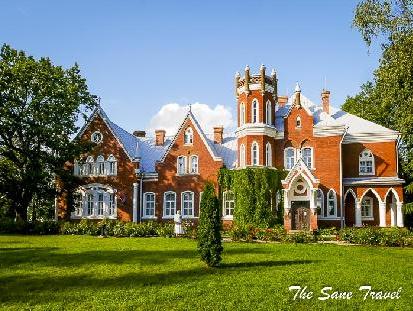
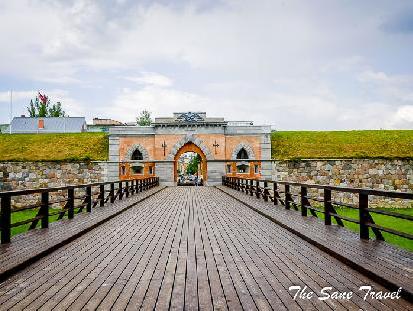
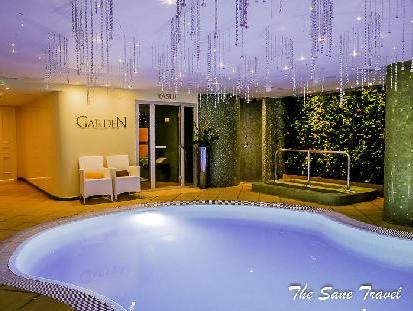
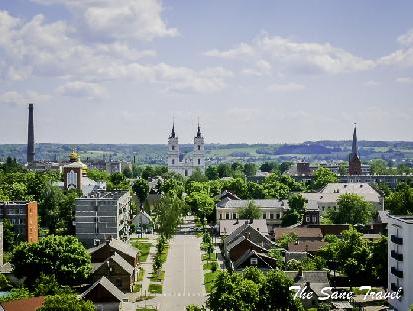
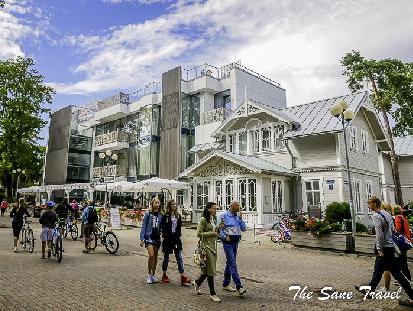
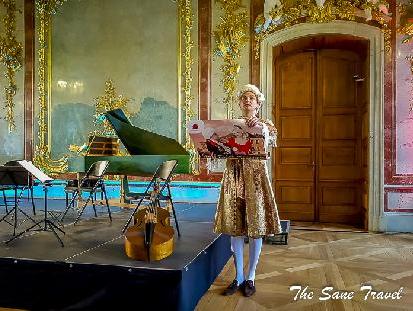
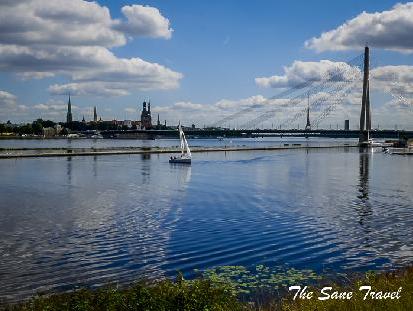
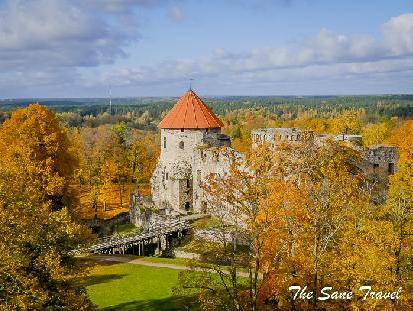
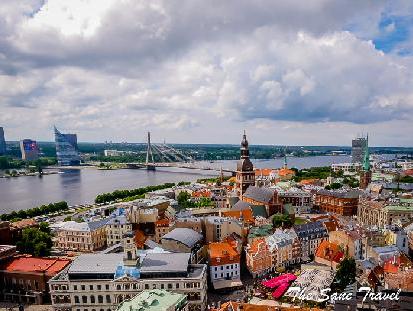
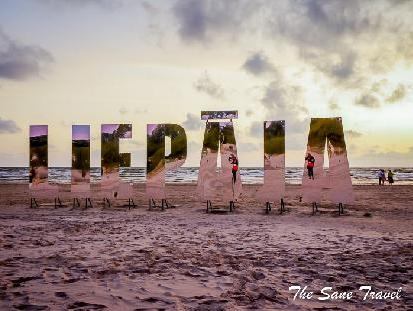
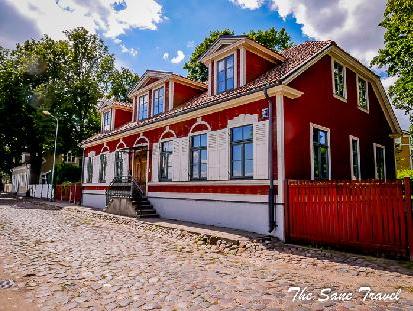
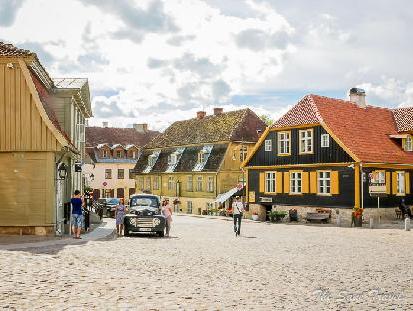
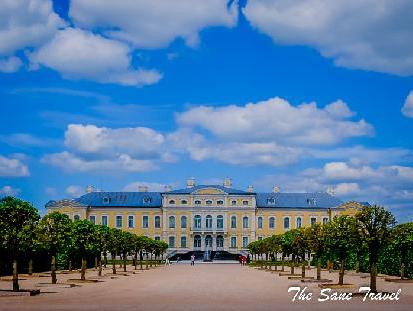
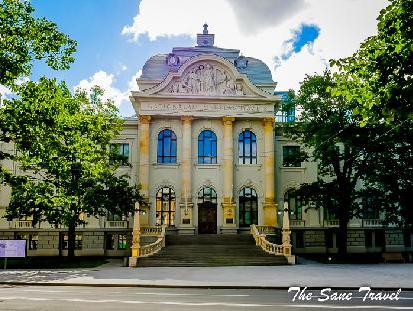
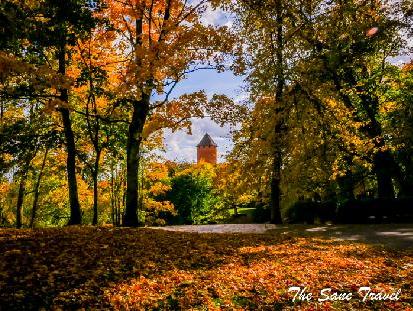
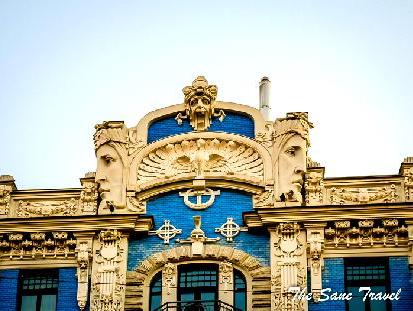
Report
My comments